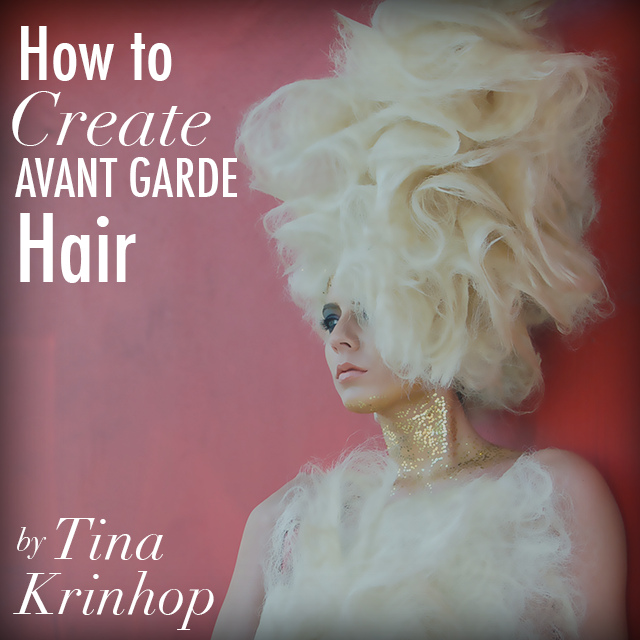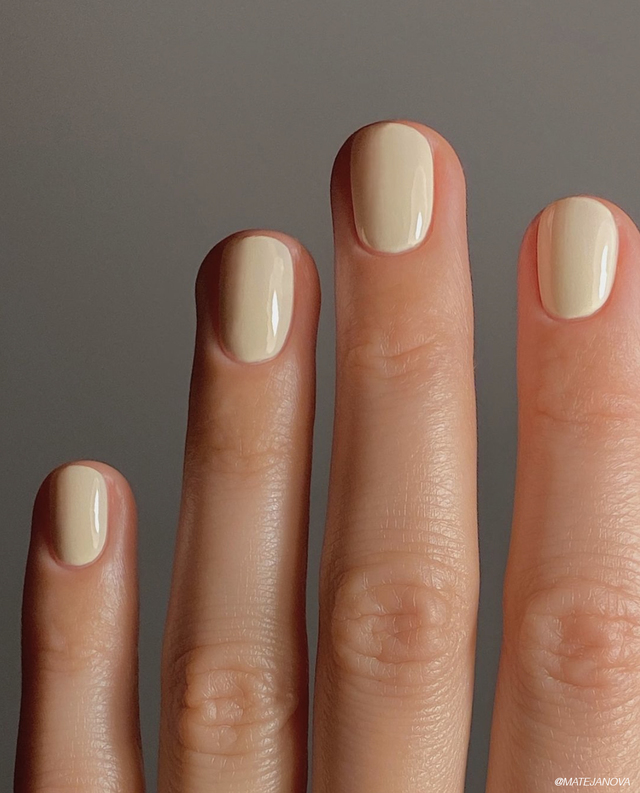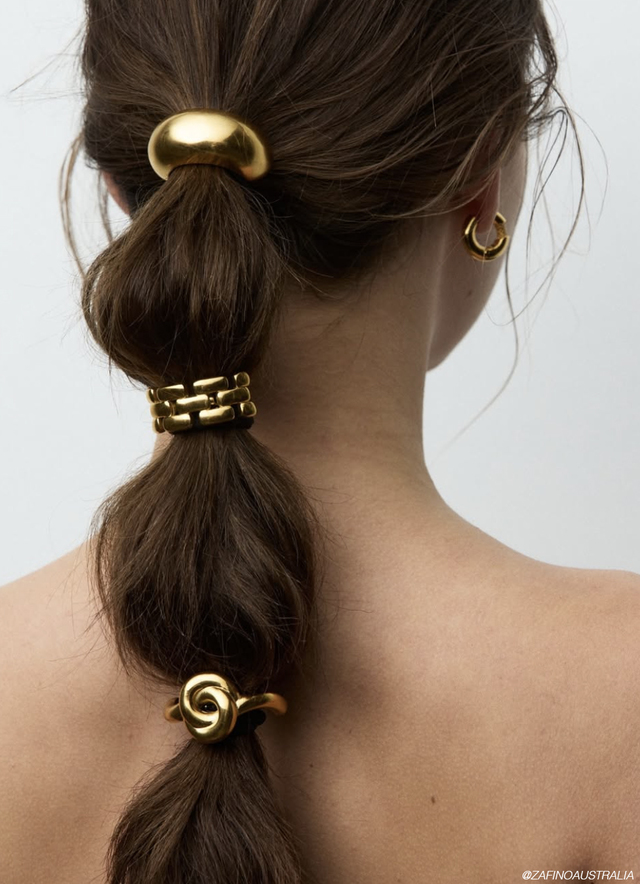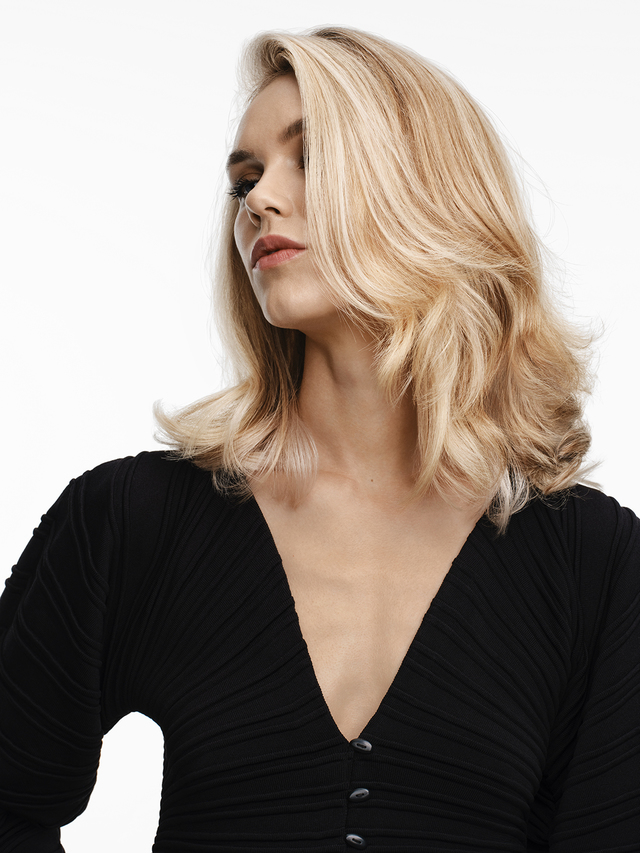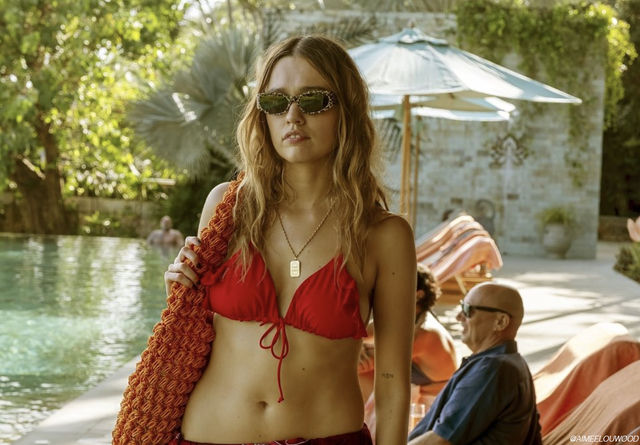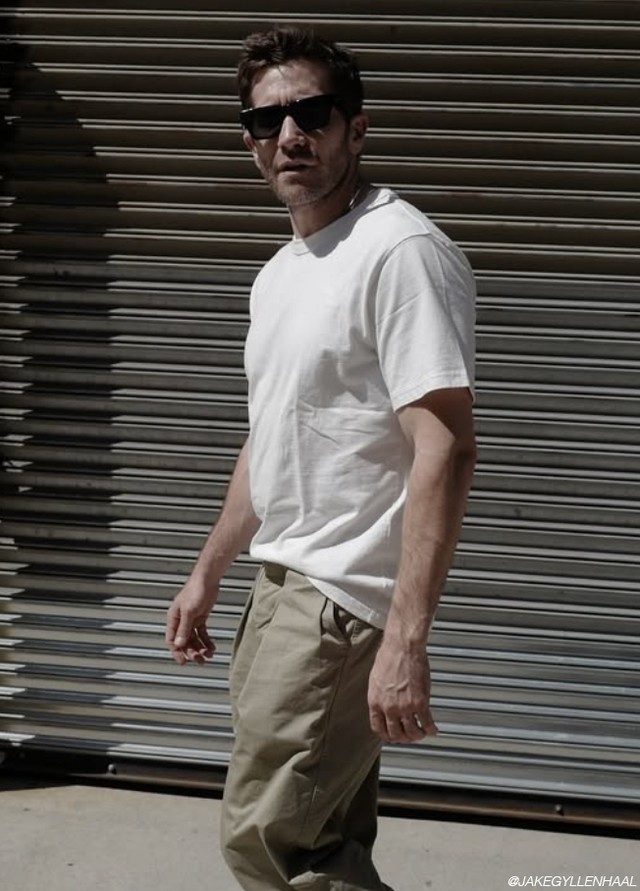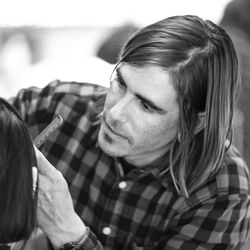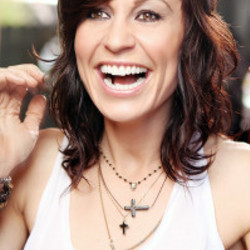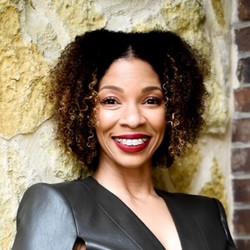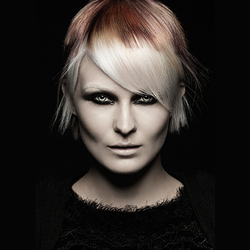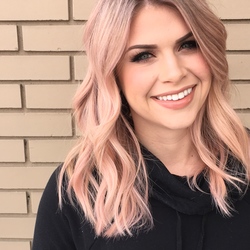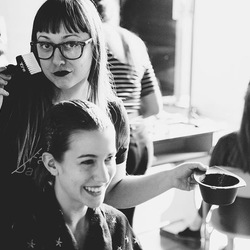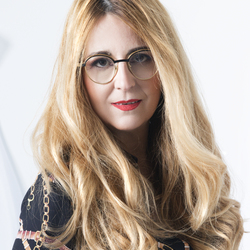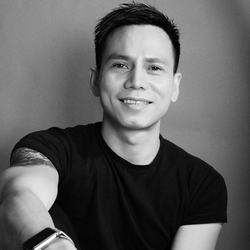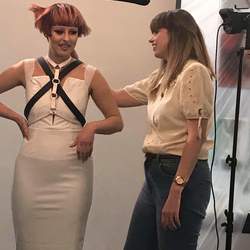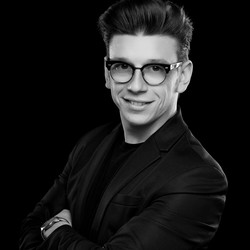Previously, I discussed the what, why, and where of the artistic form of hair styling called avant-garde. Today, I am going to delve into how to actually get your start in creating your own avant-garde hair masterpieces.

<img data-cke-saved-src="http://3b18c4597cb8888fc188-235fb5f4c073f90b275664b2611330fd.r17.cf5.rackcdn.com/c1922218cb257e551223_Tina-how-to-create-it-1.jpg" src="http://3b18c4597cb8888fc188-235fb5f4c073f90b275664b2611330fd.r17.cf5.rackcdn.com/c1922218cb257e551223_Tina-how-to-create-it-1.jpg" "="" style="width:100%">
Rippled. Hair by Tina Krinhop.
There are no rules when creating avant-garde hair, and that is what is so fun about doing it. There are many different ways to achieve the same look, so I’m not going to tell you a step-by-step guide here on how to make a specific hair piece. Instead, I’m going to offer you the fundamental considerations so you can design your own personal method for your creations. The beauty of avant-garde hair styling is when the artist has invented his/her own techniques, so take my metaphorical football and run with it in your own, personal way.
The first step is to find your inspiration. This can be someone else’s work, an object, or a mood. If you are inspired by someone else’s work, I’m not suggesting you recreate another stylist’s work…in fact, let me just shout, “DON’T copy it!” But admiring someone else’s great work is a good start in feeding your own spark of an idea and knowing what is possible…especially when you are just getting your feet wet in this form of styling. As an experienced avant-garde stylist, I find that being inspired by a mood is an excellent place to start, such as: dark, mysterious, or whimsical. Something in nature could inspire you, or perhaps a pattern you see on a wall or fabric might be your motivation. The idea for your piece can be sparked from anything, and it is then you can begin bringing your mind’s vision into reality.


Inspiration board created by artist Philip Cozma for an avant-garde “living art” event
So now you have your idea. What are the key ingredients to a successful avant-garde hair piece? I should mention that when most people think of creating avant-garde hair, they think of a big, larger than life structure. Avant-garde doesn’t have to be large scale. You can solely use your model’s own hair and create something true to life-size that is amazing. But for the next steps I discuss, I will mostly be referring to additional hair pieces you add to your model for more extreme hair creations. In other words, if you want to build a hair structure onto your model, these are the considerations you will need to make before you get started.
Weight. This is the most crucial aspect to avant-garde styling to consider when beginning your structure. Remember that a live, breathing person will be wearing your hair piece…a person with a head and a neck. Heads and necks tend to really hurt when they have to wear something too heavy, and you don’t want your model grimacing while wearing your art. Or worse, demanding that it be taken off mid-way through the project. Your piece has to be lightweight, therefore you need to use lightweight items. If you are only using hair, then no sweat. But if you are giving your piece structure with something other than hair, make sure it is very light.
Structure. If you are planning something with a distinct shape or has extreme height to it, then you might need to think of what you are going to use within your hair piece to achieve the desired form. The inner structure of your hair piece is the secret, hidden base that makes it all possible and can create the overall illusion. Commonly used items are foam or wire, but never limit yourself to only one way of achieving structure. I’ve used crazy items that you would never imagine are hidden inside the hair…it just has to work.
Balance. You are building upon a rounded surface…a human head…so you will have balance issues with larger hair structures. If you are pre-building your piece, create it on a mannequin head. But I should warn you, all heads are different shapes, and just because your piece balances perfectly on a mannequin head, it doesn’t mean it will balance on your model’s head. So take that into consideration and overcompensate when designing your piece. Mannequin heads also don’t nod, turn, sneeze, laugh, etc…so make sure the balance will hold on movement. This can be a huge challenge, and all I can suggest is trial and error.
Hair. Human hair is the easiest to work with when creating avant-garde hair, because it responds accurately to heat and product. But human hair can only be so long, and sometimes you need extremely long hair for the look you are creating. And hey, let’s be real. Sometimes your budget won’t allow for the expense of human hair. Therefore, become familiar with working with synthetic hair. You will have to get very creative in developing techniques in manipulating synthetic hair since heat is not an option, and it often won’t respond to hair products. This is where your creativity will be tasked, but it can be done.
Foundation. The foundation is where your hair structure is primarily connected to your model’s head, and it is a crucial element when your hair structure is larger to insure that your creation will have stability (and um, stay on the head!). Wires or wire mesh connected to a tightly braided area of your model’s head is an often used method of making that bond. A firm bun can be another method. It will depend on your individual hair creation and what will work best depending on the size, weight, and shape of your structure. Some stylists use a wig cap, but I’m personally not a fan of a “wig” type hair piece, because well, it looks like you plopped a wig on your model…just sayin’…but hey, some avant-garde stylists prefer it, so you can too if that floats your boat.

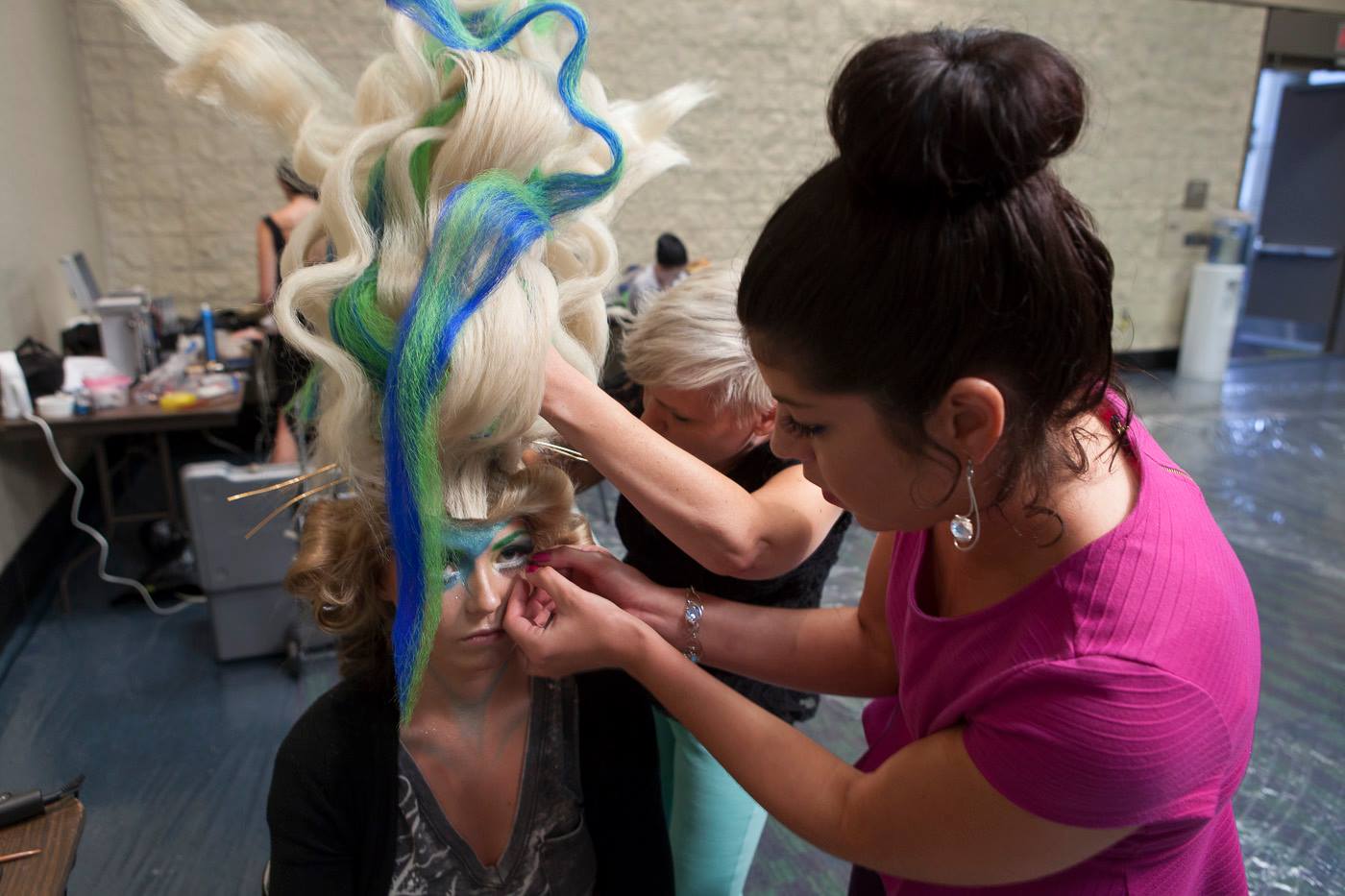
Backstage at Battle of the Strands. Tina Krinhop building the hair and Amy LaVe’ doing makeup.
Integration. In my opinion, the best avant-garde hair creations are those that look integrated into the model’s own hair. So this is something to keep in mind when developing your hair piece when choosing hair colors for your work. I’ve made plenty of hair pieces that stand alone, not using the model’s hair…and they look awesome. But when the model’s own hair flows into the hair piece you created, it is a magical vision. So when you can meld that model’s hair into your work, do it! And just a side note on this…using the model’s hair into your hair piece can also offer additional stability to your piece.
Remember, avant-garde hair is all about the illusion. All you want to see in the end is hair…if a wire or bit of foam peeks out of your creation, your piece is a failure. Ouch, okay, maybe failure is too strong of a word, but your attention to detail is very important in pulling it off. And, if someone asks you how you did it, respond with “magic.” NEVER kill the illusion for your audience. Err…unless you are writing a “how to” on avant-garde hair like I just did.
Have fun and embrace your creativity with you hair as art!
